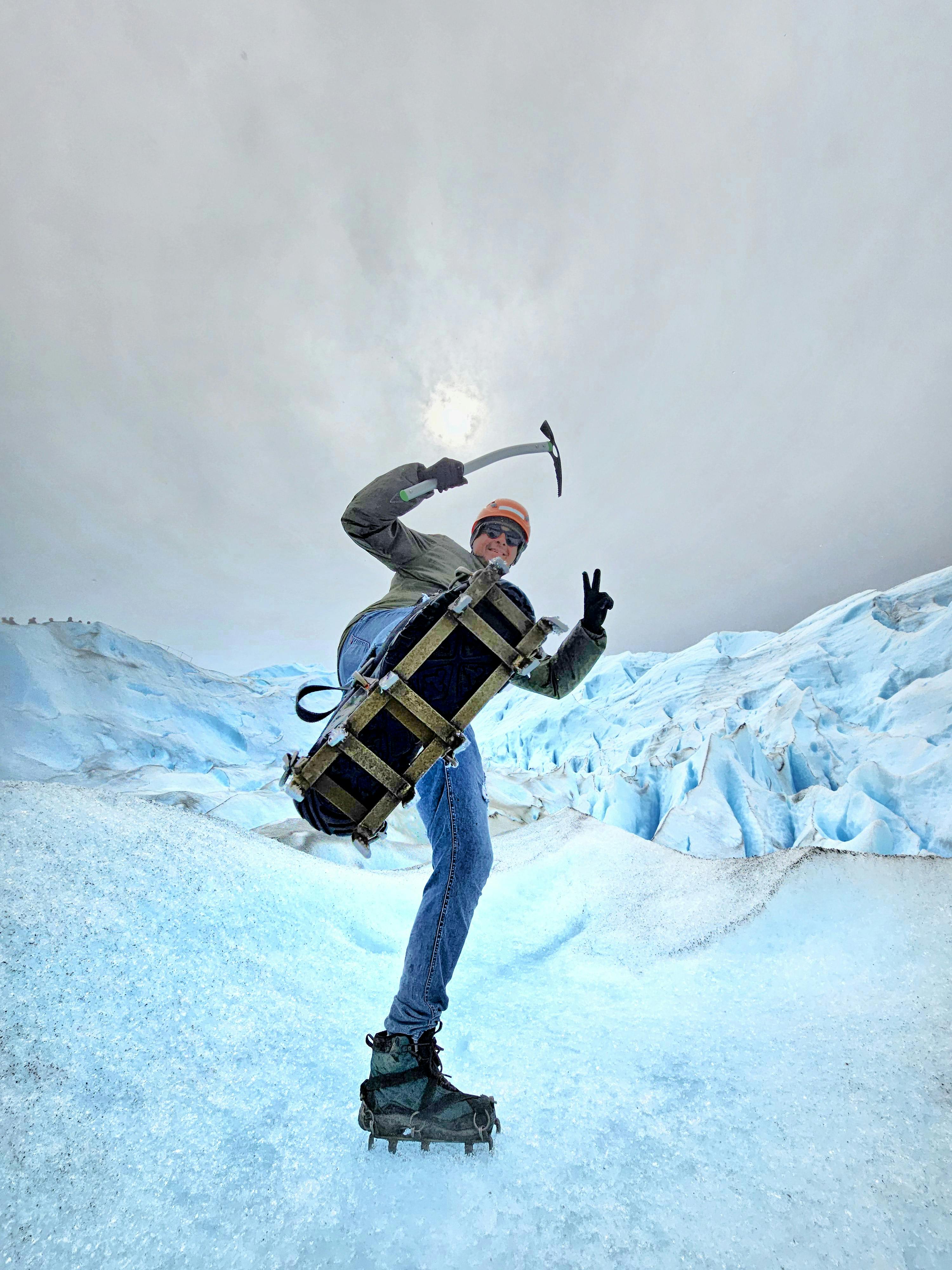Pushing Boundaries: The Intriguing World of Ice Climbing
An adrenaline-packed fusion of mountaineering and gymnastics, ice climbing has been captivating adventurous spirits for decades. This article dives into the thrilling world of ice climbing, tracing its history, examining current trends, and exploring its practical applications beyond being a daring outdoor pursuit.

Ice Climbing: A Historical Overview
Dating back to the 19th century, ice climbing initially evolved as a necessary skill for mountaineers navigating icy landscapes. Over time, it transformed into a distinct discipline, captivating thrill-seekers with its unique blend of physical and mental challenges. The sport gained popularity in the 1970s with the advent of more advanced climbing equipment, opening up new possibilities for the climbers.
Current Trends: The Modern Ice Climbing Landscape
Today, ice climbing is a dynamic sport with a vibrant community of enthusiasts. It is now a competitive discipline featuring in the Winter X Games, while the UIAA Ice Climbing World Tour draws international attention. The sport continues to evolve, with athletes pushing boundaries and redefining what is possible on vertical ice.
The Science of Ice Climbing: A Unique Training Method
Ice climbing offers a unique workout that blends strength, endurance, flexibility, and mental focus. It targets various muscle groups, including the core, upper body, and lower body, while the need to maintain balance on icy surfaces enhances proprioception. It also fosters mental resilience, as climbers must remain calm and focused in challenging conditions.
Real-World Applications: Beyond the Ice Walls
While ice climbing is primarily a recreational sport, it also has practical applications. Mountain rescue teams often use ice climbing techniques in their operations, while researchers studying glaciers and other icy environments may need to master these skills. Furthermore, the sport’s emphasis on mental resilience can be beneficial in various life situations, from coping with stress to overcoming obstacles.
The Future of Ice Climbing
Looking ahead, the future of ice climbing looks promising. The sport’s inclusion in the Youth Olympic Games highlights its growing recognition, while technological advancements in gear and training methods continue to push the sport’s boundaries. As athletes continue to test their limits on vertical ice, the story of ice climbing is far from over.
In conclusion, ice climbing is more than just an extreme sport—it’s a testament to human resilience, a unique training method, and a tool for exploration. As we continue to explore and push our physical and mental boundaries, ice climbing is sure to remain at the forefront of adventure sports.



